A step-by-step guide to playground design
In an attempt not to insult any of my fellow child development experts, landscape architects, playground equipment manufacturers, park planning professionals, my mother or father and anyone else who may take offense to what I am about to share, I would like to alert everyone to a very valuable free planning aid for anyone who is about to attempt to design and build their next playground.
Before I give you this information, I would like to dispel a rumor that only highly trained experts in child development and facility planning can design a safe, fun, and challenging play space for children. Yes, of course, professionally trained and experienced consultants are capable, in most instances, of doing a fine job. However, when it comes to designing a facility tailored to your community needs, the best solutions usually come through a planning process involving a lot of public input from individuals who are experts in different facets of the overall project goals and objectives. There are far more information and effort that goes into a playground design than simply picking some nice looking piece of play equipment out of a catalog and sticking it in the corner of an existing park or vacant lot just because it fits within your budget.
When it comes to planning any facility there are a few basic rules. First, establish one person to be in charge of the process as project manager, and make him accountable for the end result. His job is to facilitate the planning process and keep the lines of communication open between all interested parties. Second, give this person some direction, goals and objectives, expectations, budget, etc. Third, give him the Playground Planning Guide for Dummies, officially titled A Guide to Playground Planning, Second Edition, 2004. This 55-page guide was developed in cooperation with IPRA and the Park and Natural Resource management section of IPRA and funded by the Illinois Department of Natural Resources. It was first published in limited quantities back in 1995 through a very small Illinois Department of Conservation (now IDNR) grant. The manual was written by IPRA members Brian Huckstadt, Tom Kalousek, Steve Plumb, John Vann, John McGovern, Steve Gonzalez and myself. The planning guide is one of IPRA’s best-kept secrets because of a limited printing and marketing budget, but now you know about it and as they say, the cat is out of the bag.
Fourth, make sure the project manager and everyone else involved in the planning process reads and understands the document.
This planning guide evolved from the IDNR’s need to provide planning assistance to small communities who have few if any, resources. During IDNR’s compliance review of past OSLAD/LWCF park development grant recipients projects, they continually found new playgrounds that were not in compliance with the ADA accessibility requirements or failed to comply with the basic industry playground safety standards. The cost to rectify these shortcomings could be staggering to anyone, let alone a small community.
Fifth, establish a multi-disciplinary project team put under the direction of your project manager. How many times have we started planning a neighborhood or school playground, or any recreation facility for that matter, and failed to see the project reach its expected successful conclusion on time and within budget? Many times this is due to the fact that one person attempted to complete the mission on his own and failed to involve all the community stakeholders and local experts in the process. This will cause time delays and cost increases.
This planning guide attempts to take the user through a methodical planning process that, if followed, should result in the desired outcome. The document was written with a typical homeowners association or school PTA committee in mind since these projects are often driven by the political influence of these kinds of groups. The guide starts with some introductory information and discusses some key issues on playgrounds. We cover some terminology to help the reader understand some unique, yet basic, language park and recreation planning professionals and playground safety experts use on a daily basis. We begin the first section by addressing all the overall planning considerations such as, the process of information gathering, establishing budget parameters, land development considerations and associated costs, timeline consideration and post-construction maintenance considerations. There are a few sample designs of various sizes each with an itemized budget breakdown. At this stage, everyone involved should be over the window sticker shock of the total estimated project cost. If so, you are now ready to truly begin the preliminary site planning process.
Every section of the guide ends with a checklist to help the Project Team stay on task. There is an awful lot of information gathering and site analysis that must be completed before we can complete the preliminary playground design process. This includes the evaluation of:
- Any existing play equipment that might be at the site
- New equipment considerations and material selection
- Play value considerations
- Age appropriateness needs
- Safety surfacing requirements
- Purchasing considerations
Each section deals with risk management and loss control issues to help manage problems that might arise over the life of the playground. Again, the section ends with a checklist to help track the progress of your project.
With the preliminary playground design complete, we can actually start the final design process beginning with the specific equipment selection process. You should have:
- Selected the supplier of the equipment you intend to let for public bid or purchase
- Revised your budget as necessary
- Received all the necessary approvals to implement the final design.
Just in case you forgot something, we provide a design checklist followed by an accessibility checklist. The accessibility checklist is not a foolproof ADA design checklist. It only covers some of the basic ADA safety concerns. The project manager must utilize the Access-Board’s final rule for public playgrounds. This document is also available free online at www.access-board.gov. My recommendation to the project manager and project team is to include a local ADA expert or advocate on the project team to assist in the ADA compliance evaluation process.
Now the team is ready to implement the final approved design, but many times there remain budget issues that, if unresolved, will become a major stumbling block to the completion of the approved final design. Short of revising your plan or cutting the budget by phasing in the playground construction over many years, some try to economize by doing a community-built playground installation utilizing local volunteers. This can reduce your project budget by eliminating the contractor’s equipment installation cost. This cost is typically 35 to 40 percent of your total equipment cost. The planning guide walks you through several considerations and gives you both pro and con input to consider before you begin this kind of community volunteer installation process. Again, there is an installation checklist to help keep the project team on task.
Now we are finally done. Right? Not by a long shot. Many feasibility studies and facility plans fail to address the ongoing facility maintenance and inspection processes let alone lifetime maintenance cost analysis impacts to owner/operator of the playground. I must admit this topic is more an art form than a science. That being said, we state in the very beginning of the planning guide that the agency must understand and commit the resources necessary to maintain the playground in accordance with the standard of care. This goes for any new facility under consideration for development. It is a fact that more than one-third of all playground accidents resulting in an emergency room treatment is due to a lack of or improper maintenance. The area of inspection, maintenance, and repair is something public parks and recreation managers can do something about. If an agency cannot commit adequate resources to routinely inspect, maintain and repair the equipment and safety surfacing, they should not be building the playground facility in the first place.
Public playgrounds are a basic component of any park or school design. They are part of a basic public infrastructure necessary for child development. More recently we have become driven to comply with the most current safety requirements to assure our children’s safety and protect against potential liability exposures. I think we can all agree that playgrounds are becoming more and more elaborate and expensive. With all these facts in mind we cannot afford to make costly mistakes, therefore good sound planning is a must. Securing a good consultant is advisable, but reality suggests the small community, PTA, or park and recreation agency will continue to attempt to cut corners. This planning guide was developed with those of you in mind. We can’t all be experts in all facets of our profession. This guide is a free “Cliff Notes” to designing a community playground. Use it. Share it. Give it to your playground consultant if you can afford one. You can download it at www.dnr.state.il.us. Go to “Grants Info” and click “Recreational Grants-in-Aid Programs,” then click on “Open Space Land Acquisition and Development/Land and Water Conservation Fund” and scroll down to find a download option for the PDF version of A Guide to Playground Planning. Good Luck.

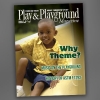
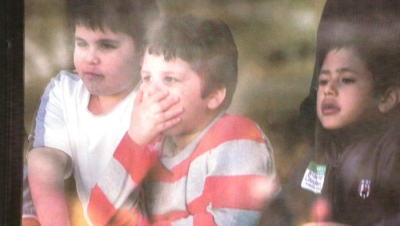
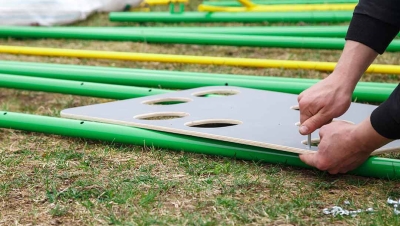
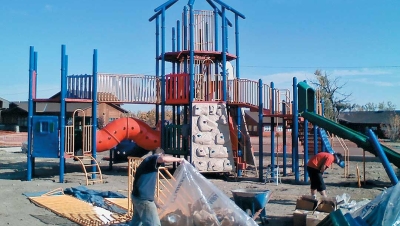
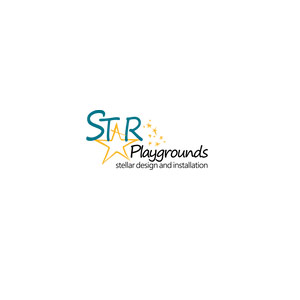
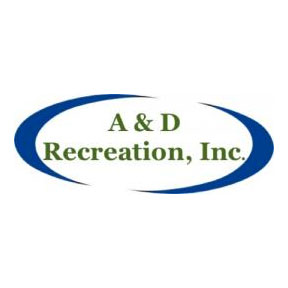
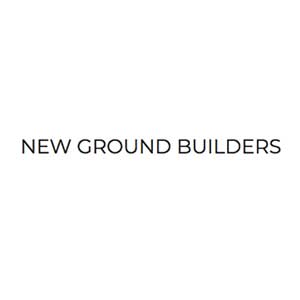
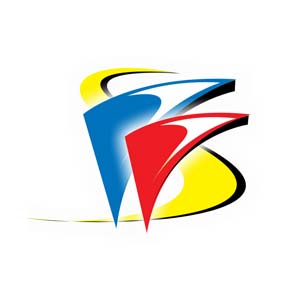

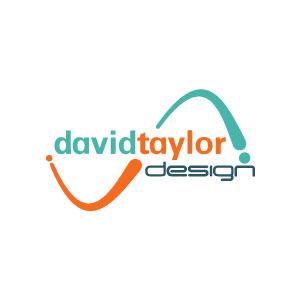

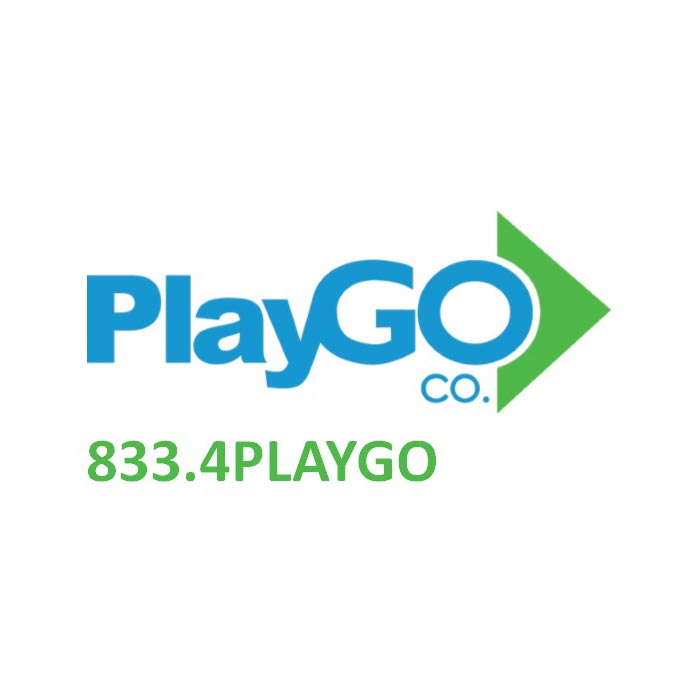
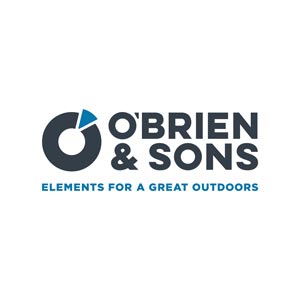
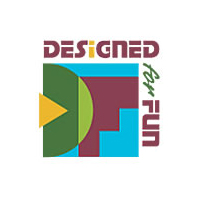

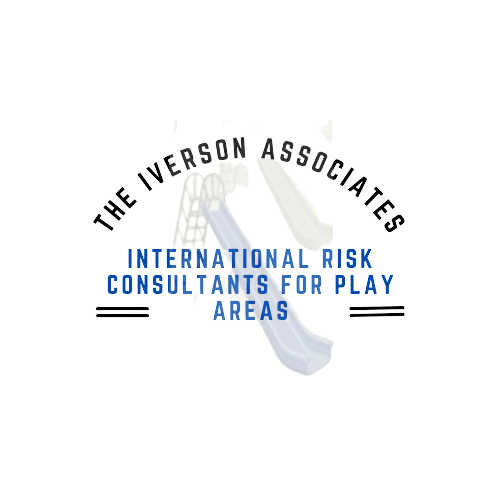

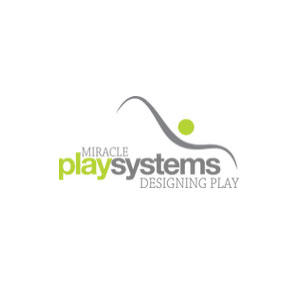
Add new comment